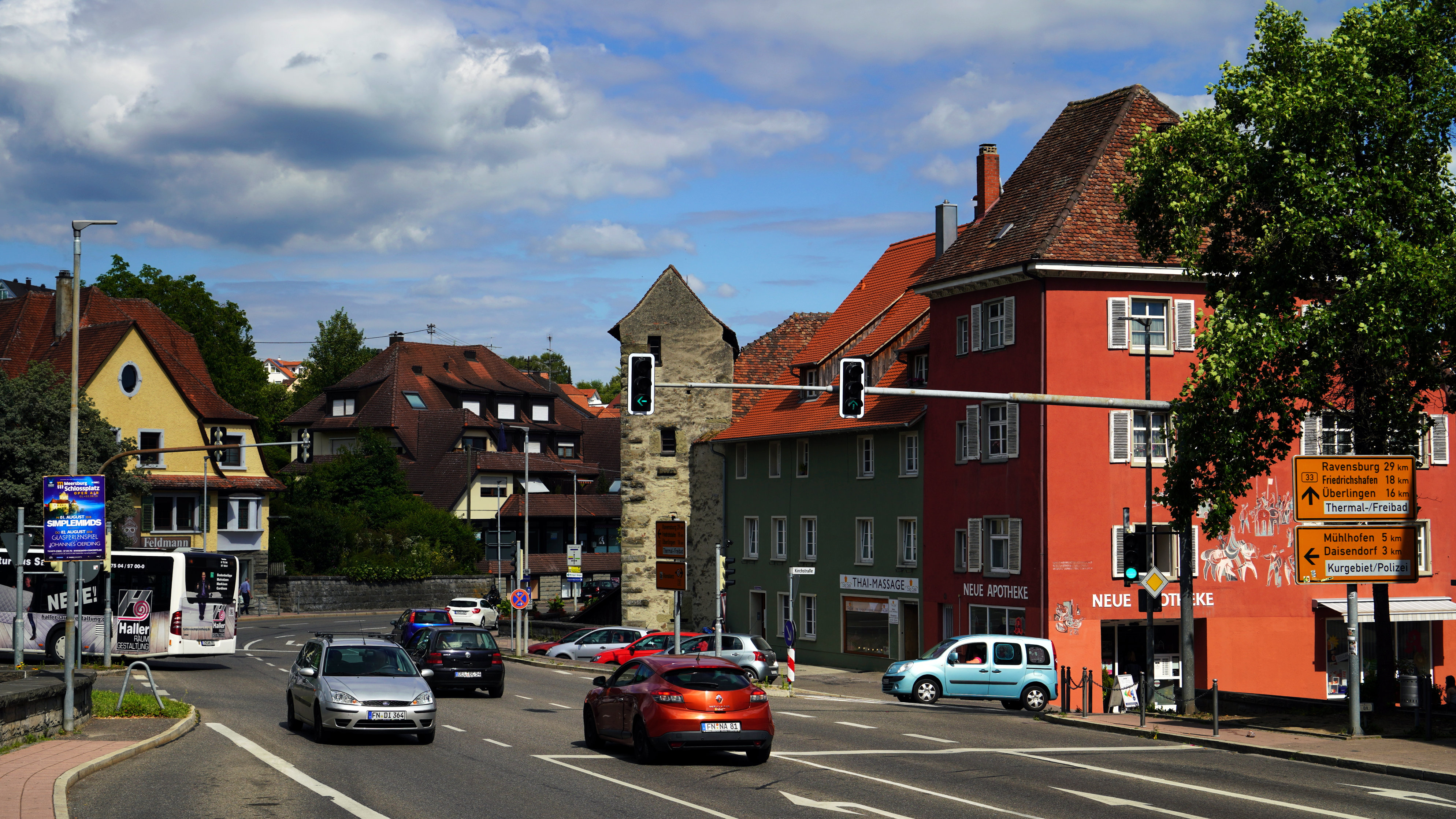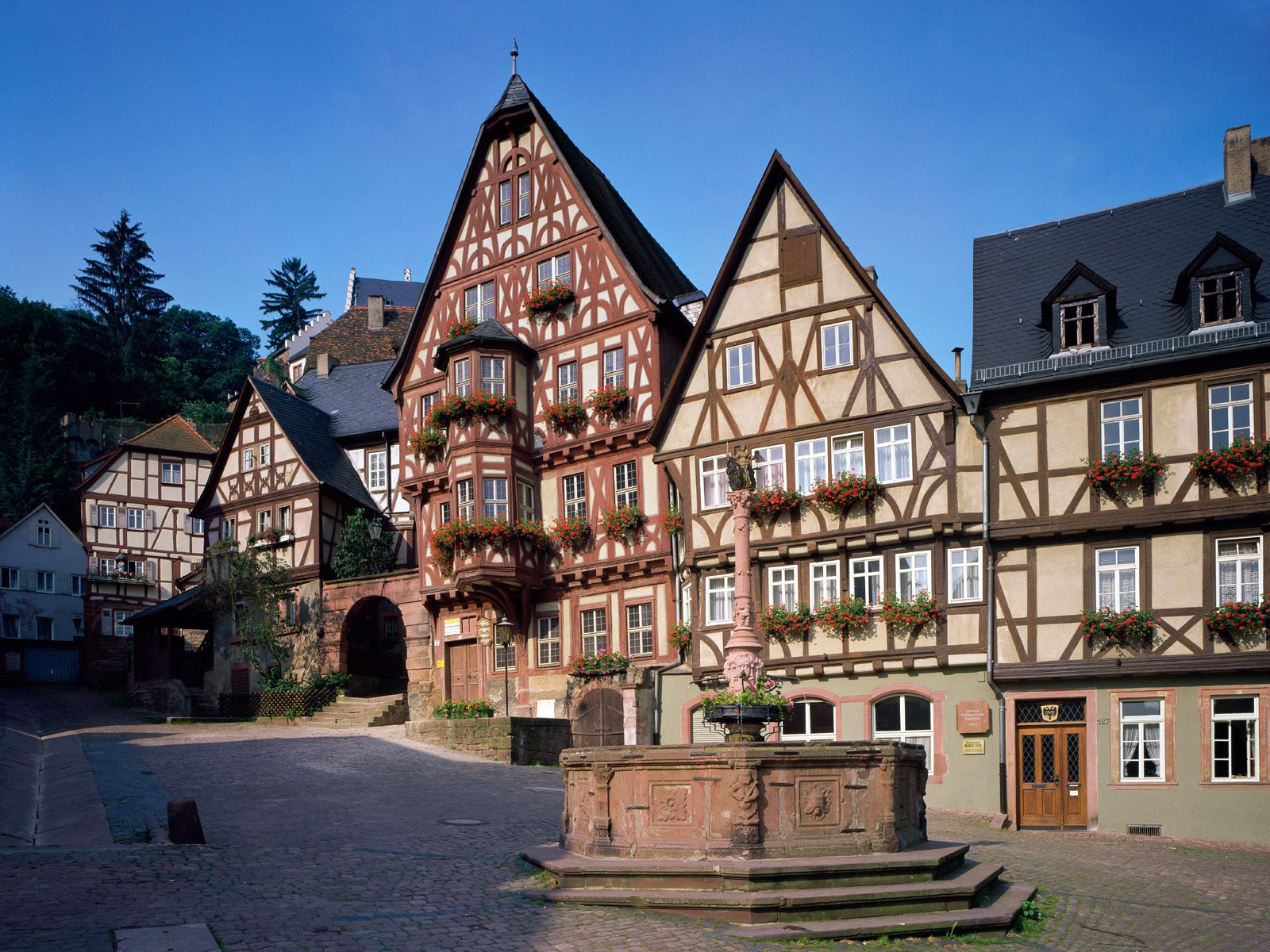Global Travel Information
Mojave Desert, USA
The Majestic Mojave Desert: A Land of Extremes and Wonders
Stretching across southeastern California, southern Nevada, southwestern Utah, and northwestern Arizona, the Mojave Desert is one of North America’s most iconic arid landscapes. Spanning approximately 47,877 square miles (124,000 square kilometers), it is the smallest of the four major deserts in the United States, yet it boasts an extraordinary diversity of life, geology, and human history. From its towering sand dunes to its eerie Joshua tree forests, the Mojave is a place of stark beauty and resilience.
A Desert of Extremes
The Mojave is defined by its extremes—scorching summers, frigid winters, and dramatic elevation changes. Death Valley, located within the Mojave, holds the record for the highest temperature ever recorded on Earth: a blistering 134°F (56.7°C) in 1913. Yet in winter, temperatures can plummet below freezing, especially at higher elevations like the Spring Mountains near Las Vegas.
Precipitation is scarce, averaging less than 5 inches (13 cm) annually, but when rain does fall, it often arrives in sudden, violent bursts that reshape the landscape. Flash floods carve deep canyons, while ephemeral lakes, or playas, briefly fill before evaporating under the relentless sun.
Unique Flora and Fauna
Despite its harsh conditions, the Mojave teems with life adapted to survive its extremes. The most iconic plant is the Joshua tree (Yucca brevifolia), a spiky, twisted yucca that thrives in the high desert. These ancient trees, some over 1,000 years old, provide shelter for birds, insects, and rodents.
Other hardy plants include creosote bushes, which dominate vast stretches of the desert, and the rare Mojave yucca (Yucca schidigera), whose fibers were historically used by Native Americans for weaving. After rare rains, the desert erupts in wildflowers—a phenomenon known as a "superbloom," where golden poppies, purple lupines, and desert lilies paint the barren land in vibrant hues.
Animal life is equally resilient. The desert tortoise (Gopherus agassizii), a threatened species, spends most of its life underground to escape the heat. Coyotes, kit foxes, and roadrunners hunt across the arid plains, while sidewinder rattlesnakes slither silently through the sand. At night, bats and owls emerge, taking advantage of the cooler temperatures.
Geological Wonders
The Mojave’s geology is a testament to the Earth’s turbulent history. Ancient volcanic activity, shifting tectonic plates, and relentless erosion have sculpted a landscape of dramatic contrasts.
- Death Valley: The lowest point in North America (282 feet below sea level), this vast basin is a labyrinth of salt flats, jagged mountains, and colorful badlands.
- Kelso Dunes: Rising 650 feet (200 meters) above the desert floor, these singing dunes produce a mysterious hum when sand grains slide down their slopes.
- Red Rock Canyon: Just outside Las Vegas, fiery sandstone cliffs reveal millions of years of sedimentation and erosion.
- The Mojave’s Lava Tubes: Underground tunnels formed by ancient lava flows, such as those in the Mojave National Preserve, offer a glimpse into the region’s volcanic past.
Human History and Culture
Long before European settlers arrived, the Mojave was home to indigenous peoples, including the Mojave, Chemehuevi, and Southern Paiute tribes. These groups thrived along the Colorado River, relying on its waters for agriculture and trade. Petroglyphs and ancient trails still mark their presence.
In the 19th century, the Mojave became a corridor for westward expansion. The Old Spanish Trail and later Route 66 cut through the desert, bringing miners, settlers, and fortune-seekers. Ghost towns like Calico and Rhyolite stand as eerie reminders of the region’s boom-and-bust mining history.
Today, the Mojave remains a place of exploration and industry. Solar farms harness the relentless sunshine, while military installations like Edwards Air Force Base and the secretive Area 51 operate in its vast emptiness. Meanwhile, artists and adventurers are drawn to its solitude—whether at the surreal Salvation Mountain or the remote Amboy Crater.

Conservation Challenges
Despite its rugged appearance, the Mojave is fragile. Urban expansion, climate change, and off-road vehicle use threaten its delicate ecosystems. The desert tortoise, in particular, faces habitat loss, while invasive species like cheatgrass fuel destructive wildfires.
Efforts to protect the Mojave include national parks (Death Valley, Joshua Tree), national preserves, and wildlife refuges. Conservationists advocate for sustainable tourism and renewable energy development that minimizes ecological harm.
A Desert of Endless Discovery
The Mojave is more than just a barren wasteland—it is a land of paradoxes, where life persists against all odds, and where silence and solitude reign. Whether standing beneath the twisted arms of a Joshua tree at sunset, hiking through slot canyons, or gazing at the Milky Way in one of the darkest night skies in the country, visitors leave with a profound sense of awe.
In a world increasingly dominated by urbanization, the Mojave Desert remains a wild frontier—a reminder of nature’s resilience and the enduring allure of the unknown.
相关文章
- Elbe River Archaeological Sites: Ancient Finds Near the Water
- Elbe River Botanical Gardens: Flowers & Plants Along the Banks
- Elbe River Zoos & Aquariums: Family Fun Near the River
- Elbe River Amusement Parks: Rides with River Views
- Elbe River Camping Spots: Pitch a Tent by the Water
- Elbe River Glamping Sites: Luxury Camping Along the Banks
- Elbe River RV Parks: Stay in Your Camper Near the River
- Elbe River B&Bs: Cozy Accommodations with a Personal Touch
- Elbe River Hostels: Budget Stays for Young Travelers
- Elbe River Business Travel Guide: Meetings & Events Near the Water
发表评论
评论列表
- 这篇文章还没有收到评论,赶紧来抢沙发吧~


